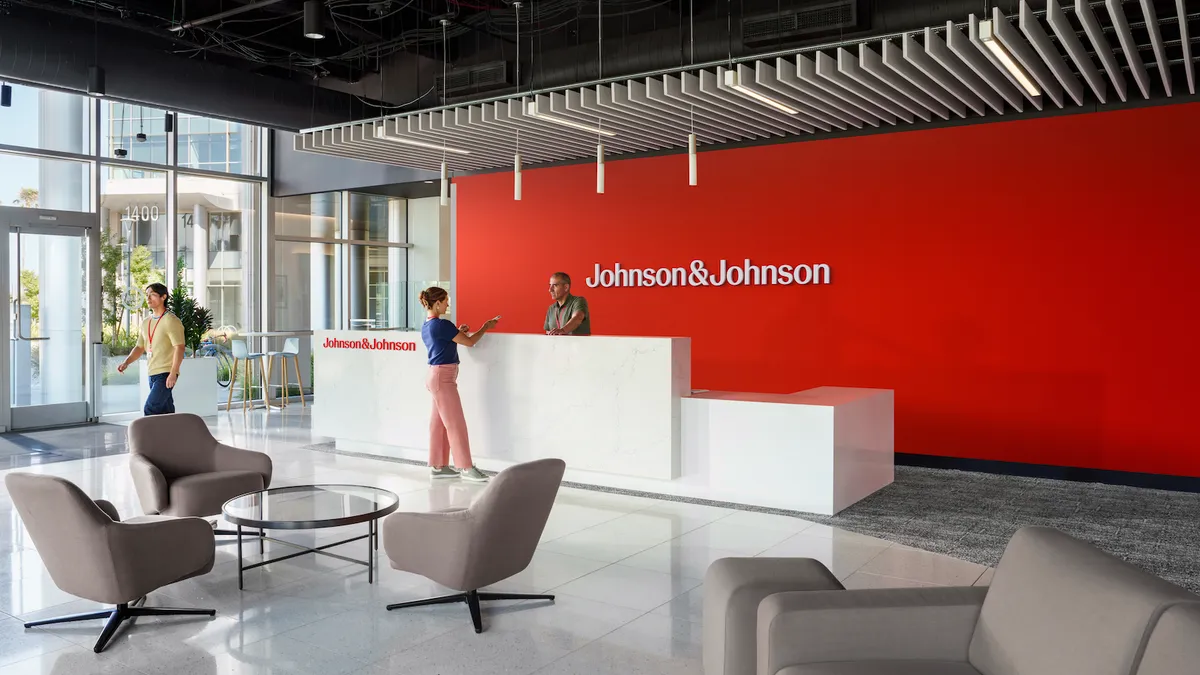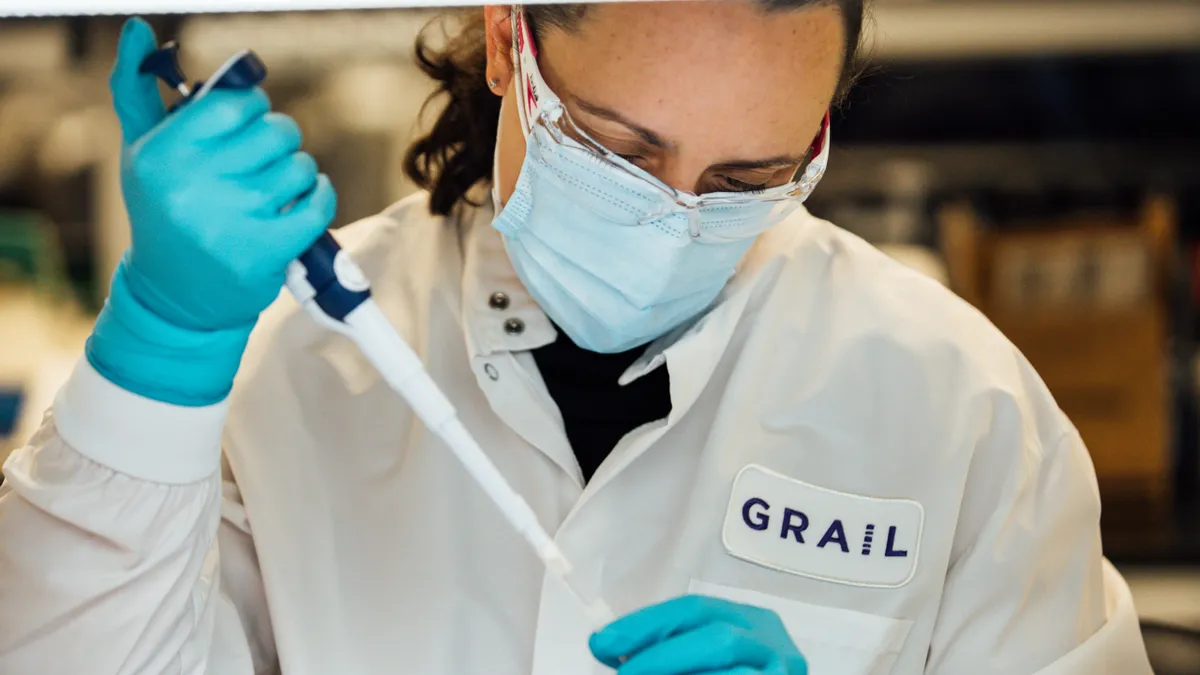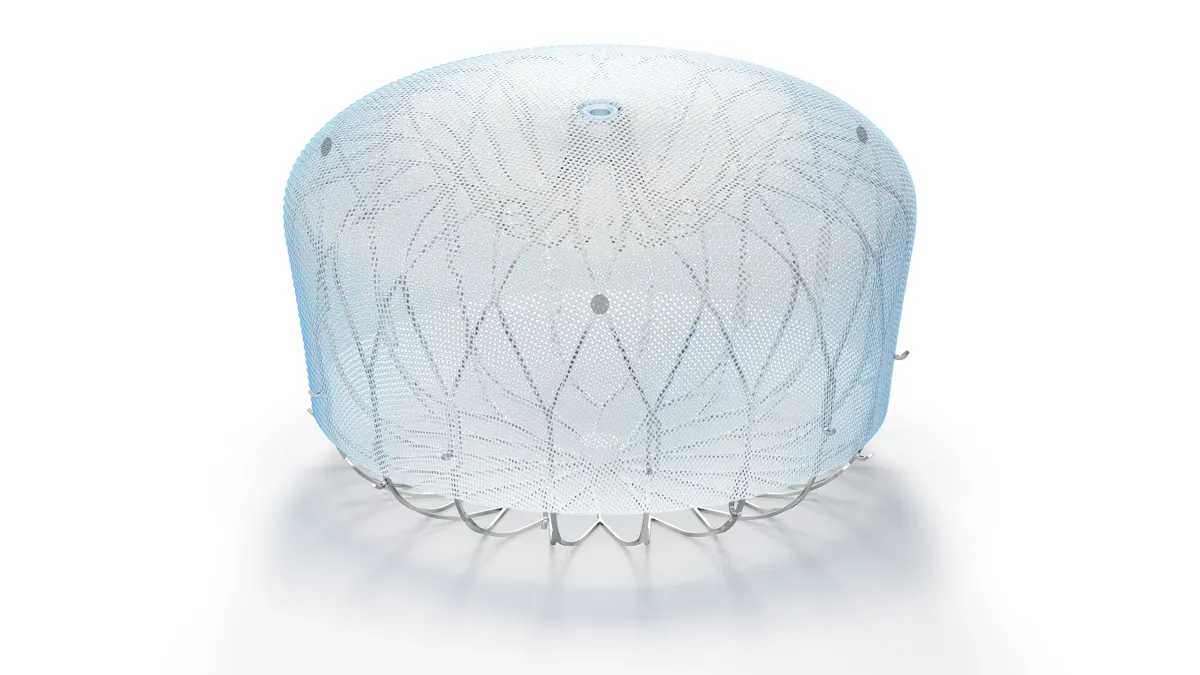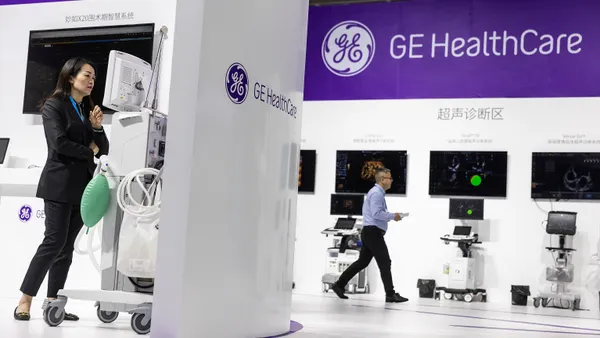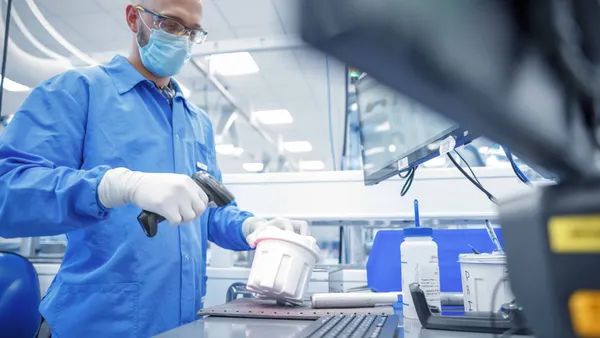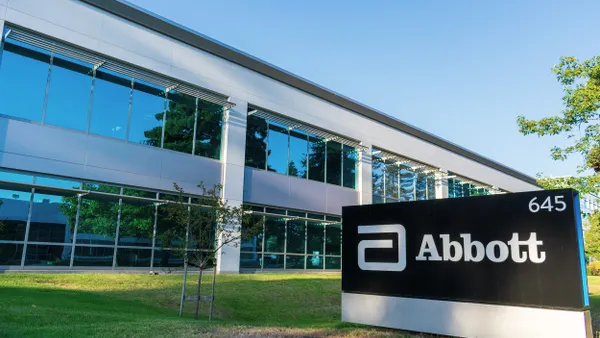SAN DIEGO — Medical device dealmaking has been fairly quiet for most of 2025. Aside from a few bursts of activity, medtech companies have not spent money as they typically have, partly due to macroeconomic factors like higher interest rates and unpredictable tariff policies from the Trump administration.
While M&A may be slower this year, executives from Stryker and Johnson & Johnson see M&A as a crucial part of their business strategies — and they are ready to make deals.
“M&A is a huge part of our strategy. It is part of our offense,” Stryker CEO Kevin Lobo said during a Tuesday panel at AdvaMed’s The MedTech Conference. “We have 22 different business units. They average about a billion dollars of revenue. They're all hungry. They all have … people that sit in their business units hunting deals.”
Stryker has been one of the industry’s biggest spenders in the past several years. In 2024, the company completed seven acquisitions, according to Lobo. This year, Stryker purchased Inari Medical for nearly $5 billion, the largest medtech deal of 2025 so far.
J&J has also been a big spender. The healthcare giant has shelled out more than $30 billion for medtech acquisitions since 2022, including $16.6 billion for Abiomed and $13.1 billion for Shockwave Medical.
After the massive spending spree, J&J still has an appetite for dealmaking.
“There are a lot of opportunities out there, and we're certainly open for business,” Tim Schmid, J&J’s worldwide chairman of medtech, said during the panel.
Similar to Stryker, Schmid added that the medtech business has four units, and all are competing with each other for capital.
While J&J has made several flashy big splashes in recent years, the company’s strategy is not solely focused on larger acquisitions.
“It's not about whether it's a big or small [deal] — we're comfortable on either end,” Jennifer Kozak, head of business development at J&J, said Monday during a panel discussion. “Again, it's about how we can continue to shift our portfolio … and serve patients at the end of the day.”
Kozak explained that the company looks primarily for higher-growth markets with an unmet patient need, rather than focusing on a specific deal size.
What are companies looking for in a target?
When looking to make an acquisition, Schmid said the company is focused on three areas: scientific (meaning that there is an unmet patient need and a technology that addresses it), strategic and financial. He also stressed that both companies must be aligned on what the definition of success looks like.
“The deals that go south for us are where they're only about financials,” Schmid said. He explained that the best deals occur when companies want to help patients and owners want to get their devices and technology to physicians around the world.
“That's what companies like Stryker and J&J are able to do,” Schmid said. “So, we sit down and have very deliberate conversations. We do a cultural assessment to better understand what do these companies see as success. There has to be a win-win for both. And then when we can align on those elements — that's where the magic happens.”
Meanwhile, Lobo said Stryker is primarily looking for growth before digging deeper into a transaction.
“We want anything we buy to be growing faster than Stryker’s growth,” Lobo said. “We don't want to buy anything that's going to lower our overall growth rate.”
When Stryker does buy a company that has a lower growth rate, Lobo added, it’s because the company is confident it can improve the growth rate once the deal is executed.
“It has to either already be growing at a fast rate, like an Inari, or we think, in our hands, we can grow at double digits or greater,” Lobo said. “If it doesn't pass that threshold, we're not interested.”
Tariff uncertainty
Experts have pointed to tariffs as one reason that M&A is down this year because it creates uncertainty for companies' financials. For example, some medtech companies projected hundreds of millions of dollars in tariff charges for this year before cutting expectations a few months later, sometimes by as much as half of what was originally forecast.
While the industry may be grappling with the uncertainty of tariffs, Lobo said he does not see tariffs as a hindrance to dealmaking.
“We don't really worry about things like tariffs and all that … These things are fleeting,” Lobo said, adding that the “turbulence of the current environment doesn't dissuade us one bit.”


